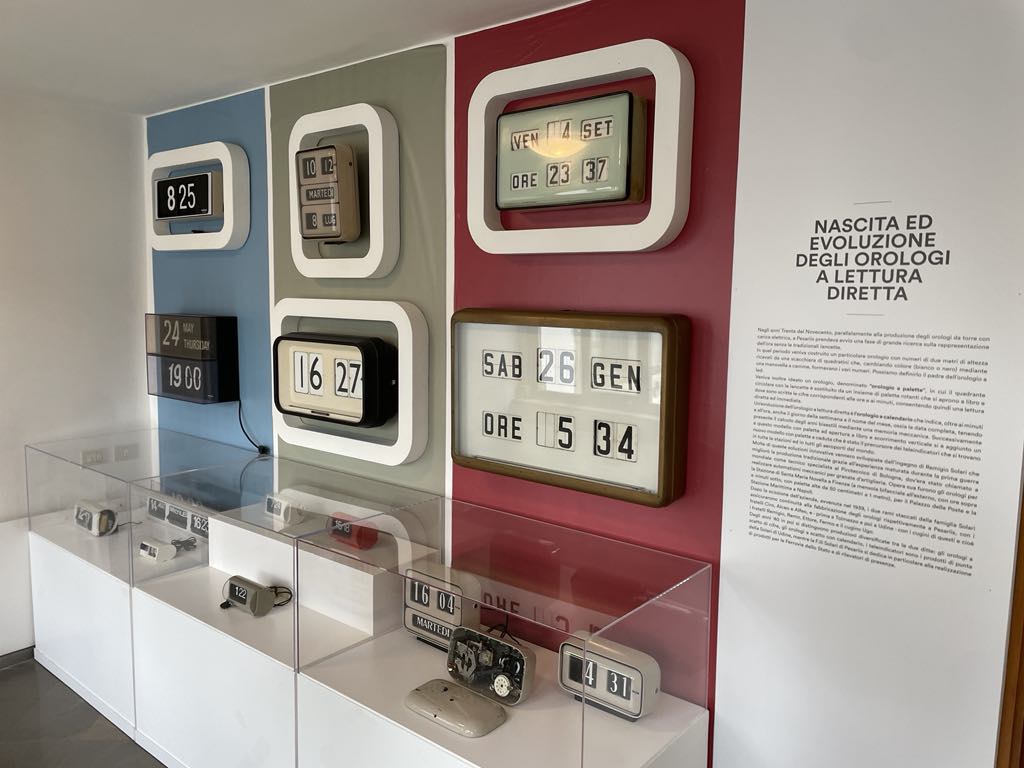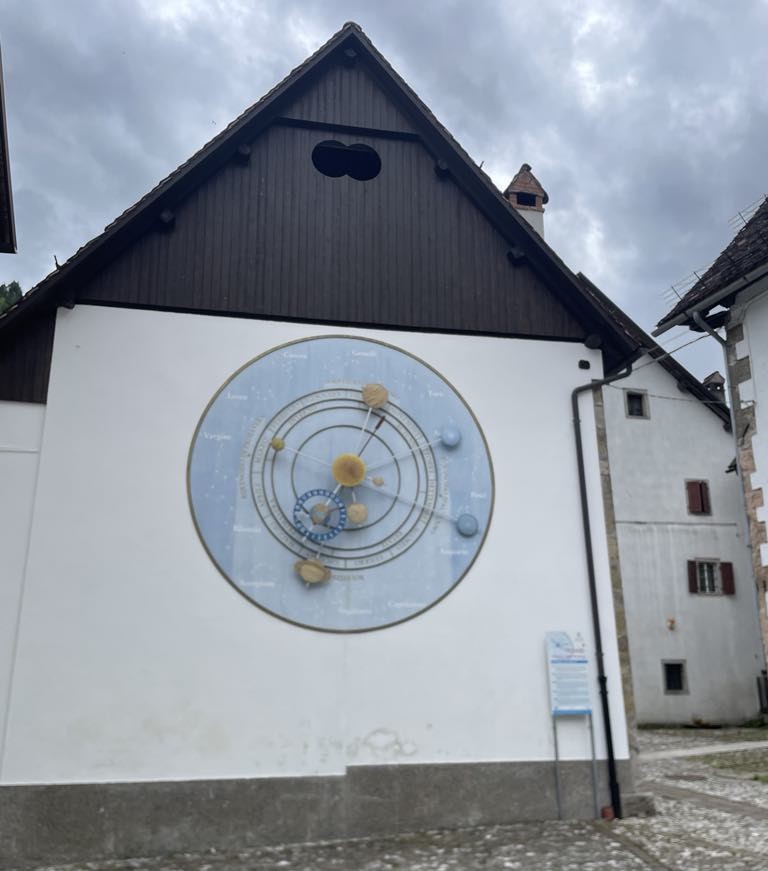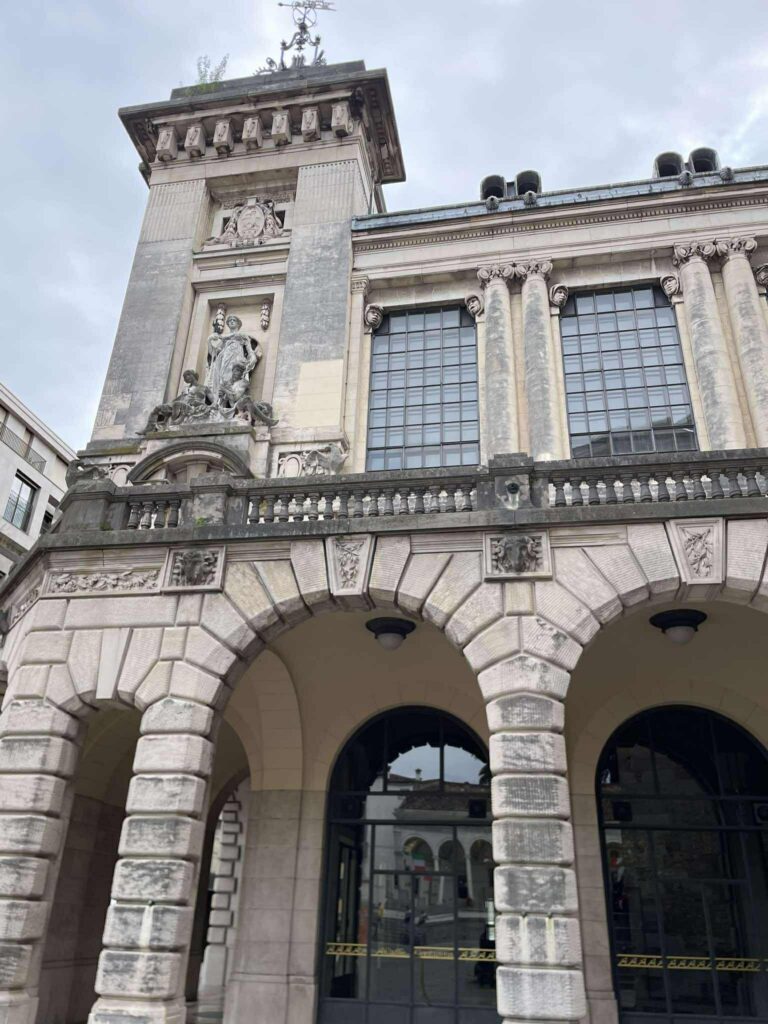
Our Experience in Friuli:
5 Short Stories
This was no ordinary trip.
Each of us remembered something different – a moment, a place, an emotion. We have gathered them into five points that we believe best capture the spirit of Friuli.
Trieste – a city with atmosphere
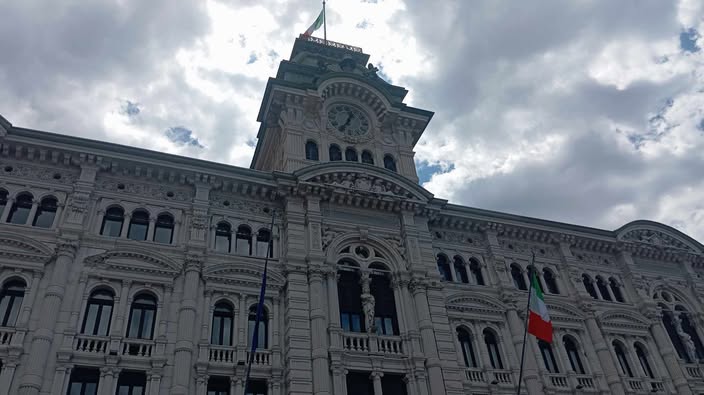
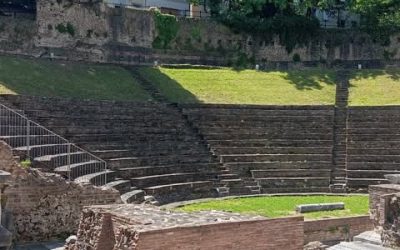
First impression? Full of life, cafes, the smell of the sea and an incredible mix of cultures. Walking around Trieste, you can feel that this city has a history – and one that you can literally touch. The city has a population of about 2,469.10 people/km² and is a port city in northeastern Italy, on the Adriatic Sea. It is the capital of the autonomous region of Friuli-Venezia Giulia. The areas of today’s Trieste were inhabited by the Illyrian Veneti in ancient times. In 177 BC, the Romans took over these areas. The city received the rights of a Roman colony from Julius Caesar. Also in the notes of this leader, Trieste appears for the first time in a written source, as Targeste.
The city flourished under the rule of Austria-Hungary during the reign of Maria Theresa. She introduced a number of laws, including: “opened the port to the world”, introduced customs duties. This brought in a lot of revenue to the budget and also made the city more cosmopolitan. Introduced mandatory vaccinations. Made Trieste the capital of art and culture. Today, Trieste is also known for its excellent coffee, which can be drunk in almost 30 ways.
Miramare castle
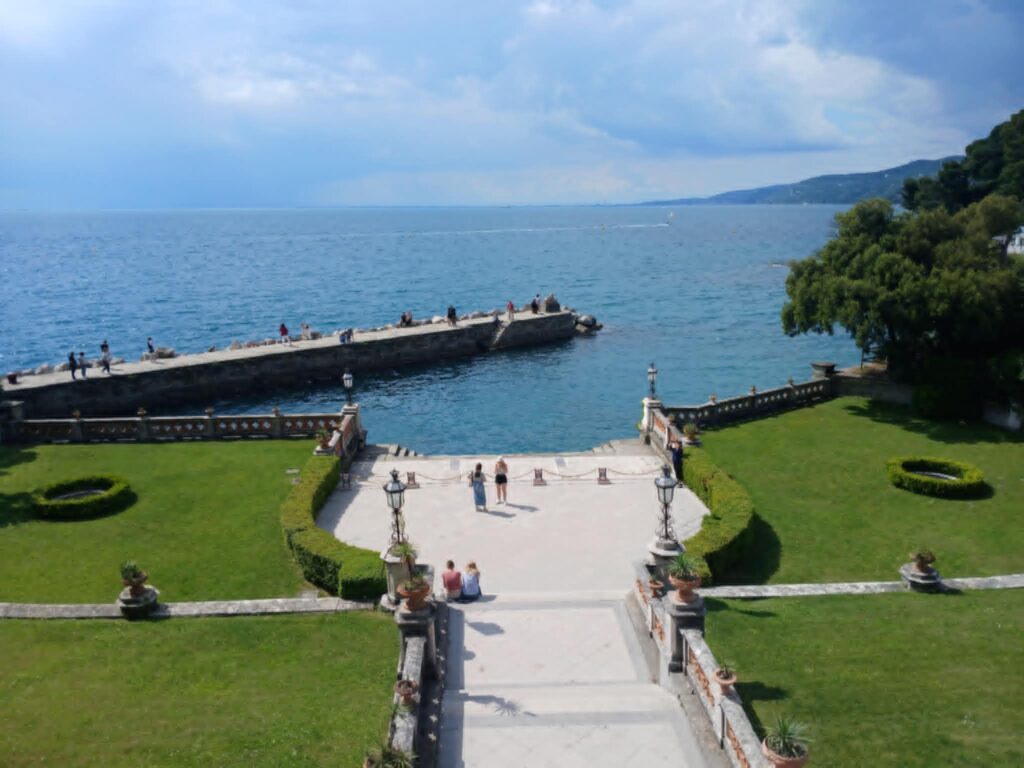
Miramare Castle, located on a rocky promontory just above the waters of the Gulf of Trieste, is a place that captivates not only with its architecture, but also with an atmosphere full of romance and nostalgia. Built in the 19th century for Archduke Ferdinand Maximilian Habsburg. Today, its white walls reflected in the azure water attract not only history buffs,
but also those who simply want to stop and soak up the beauty of the moment.
The interiors of the castle, preserved almost intact, allow you to look into the world of the Habsburgs – full of elegance, symbols of power, but also private dreams and dramas. In the gardens surrounding the residence, you can walk among exotic plants, old trees and quiet paths, each of which leads towards the sea.
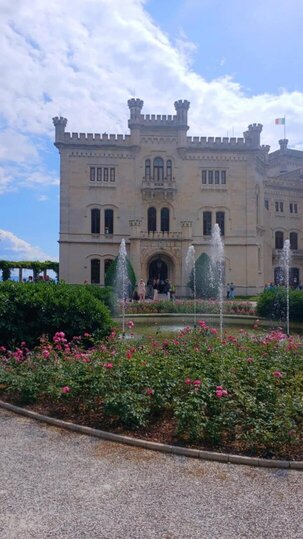
Barcola
Right next to it, along the coast, stretches Barcola – a former fishing village, today a popular place for walks and sunbathing for the residents of Trieste. This place has its own rhythm: someone swims in the cool Adriatic Sea, someone else reads a book on the wall, children feed seagulls, and the smell of salt and hot stone hangs over everything. It is not only a space for relaxation – Barcola is also a symbol of local identity and the encounter between man and nature.
Looking at Miramare and the calm waves crashing against the shores of Barcola, it is hard not to think about time. About how much has changed since the Habsburgs, but also about how some things remain the same – the need for silence, beauty, and moments in which you can simply… be. This place teaches mindfulness. Or maybe that is why such castles are built – to remind us that life is not only history, but also the moments that we have now.
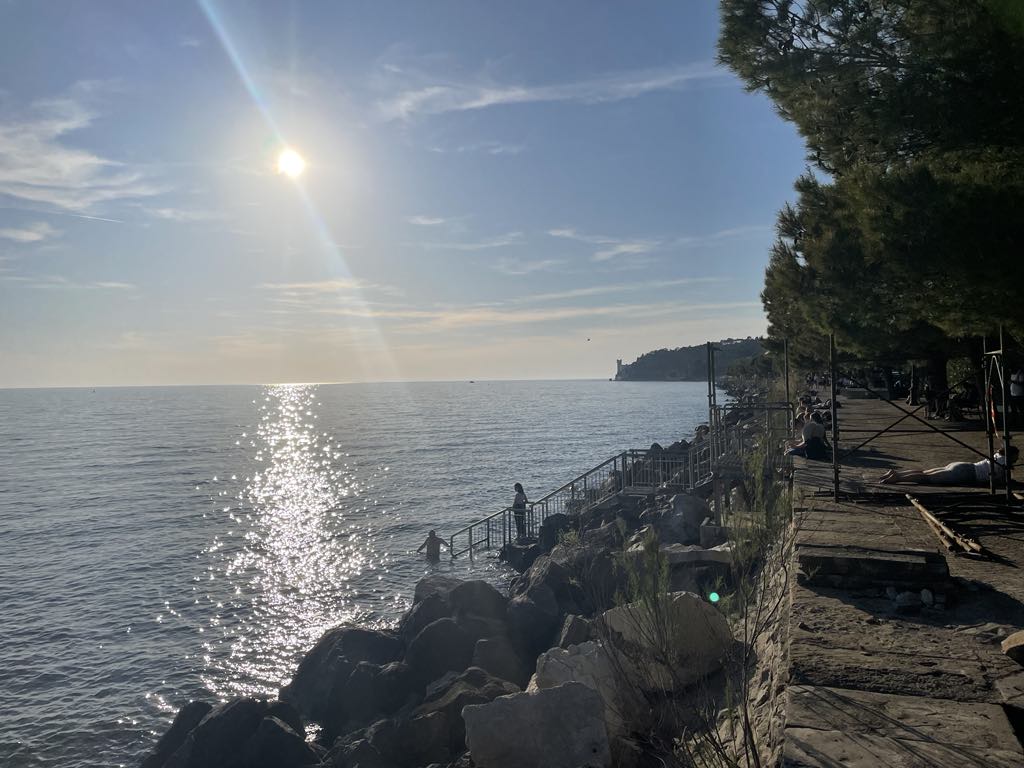
Lake Cornino – a total reset from the world
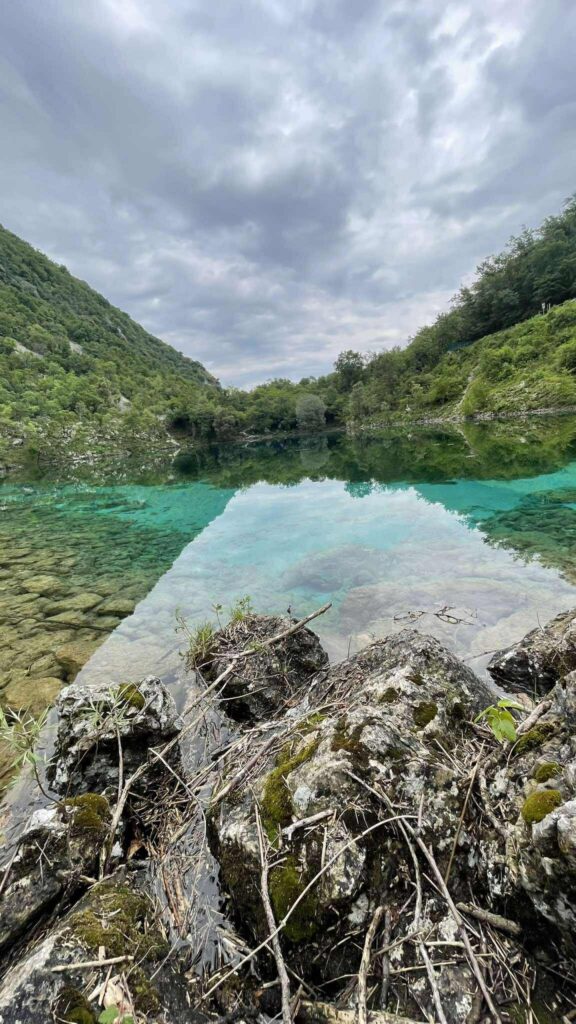
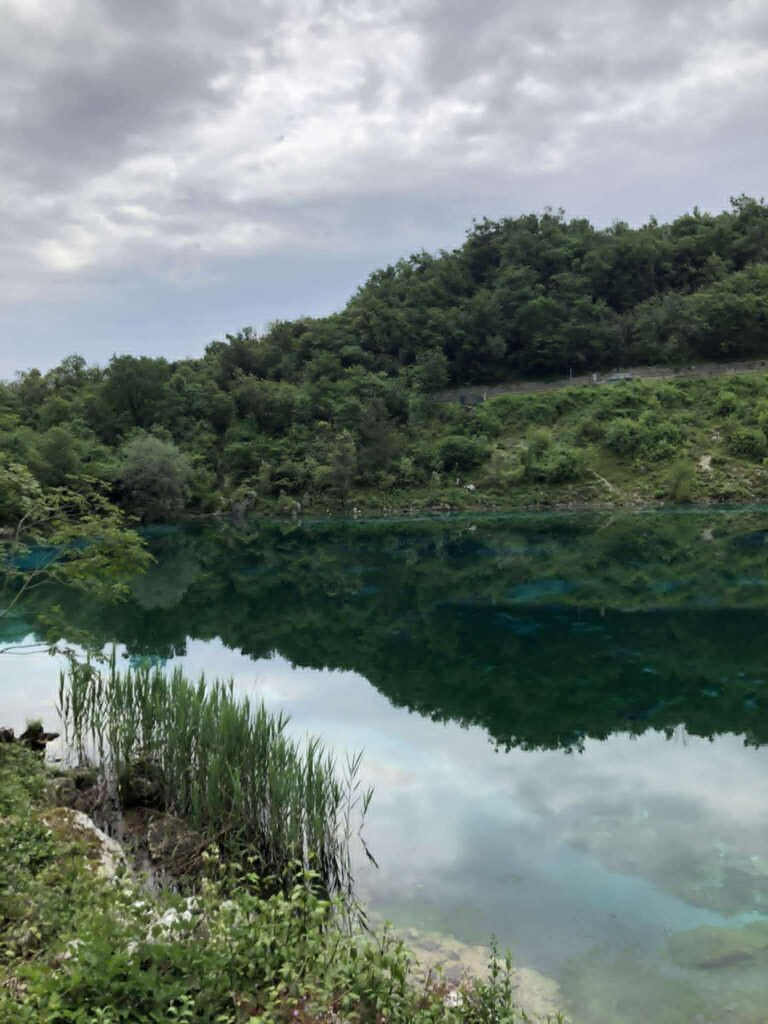
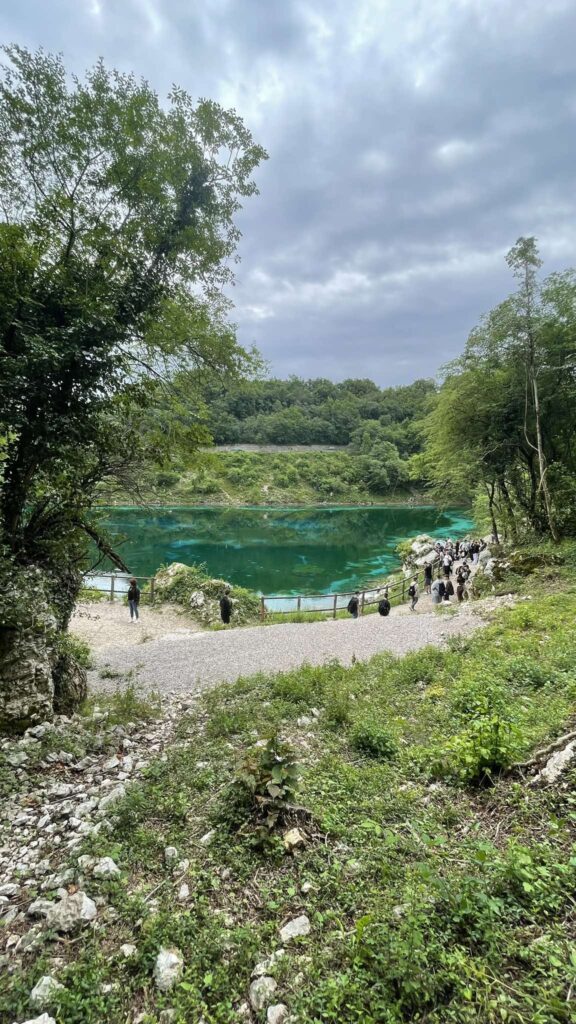
Lake Cornino, located in the Friuli-Venezia Giulia region, at the foot of the Carnic Alps, captivates with its turquoise waters so clear that you can see almost every stone on the bottom. The lake is of karst origin, meaning that it was formed by natural erosion of the limestone rocks that have shaped this unique landscape over thousands of years.
Lake Cornino Friuli-Venezia Giulia The route is considered easy, taking an average of 25 minutes to complete. A popular trail for birdwatching and hiking, but you can still enjoy solitude during the quieter times of day. The trail is open all year round and is attractive at any time of year. Dogs are welcome but must be kept on a leash.
This beautiful trail for the whole family starts at the Nature Reserve Visitor Centre. The hike goes counterclockwise around Lake Cornino with its beautiful turquoise waters. Here you can observe birds of prey and visit the thematic museum
Due to its unique natural values, the water in the lake is very clean and bathing is prohibited, which allows the preservation of an extraordinary ecosystem. The area is part of the Cornino Nature Reserve, which protects not only the lake but also various species of fauna and flora. In the reserve you can meet griffon vultures, majestic birds of prey that have been reintroduced here for years. Their flight over the lake is a breathtaking sight and attracts bird lovers from all over the world.
The reserve also offers great opportunities for hiking enthusiasts. There are numerous hiking trails in the area that lead through picturesque forests and rise to the surrounding hills, offering spectacular views of the lake and the surrounding mountains. It is a real paradise for photographers – the changing light and beautiful landscapes create the perfect conditions for capturing unique moments.
Although swimming is not allowed here, the nature of Lake Cornino provides unforgettable sensory experiences – from the smell of fresh air, through the rustle of the trees, to the sight of vultures circling the water. It is the perfect place to completely reset from the hustle and bustle of everyday life, where you can forget about the world for a moment and immerse yourself in the peace of nature.
Pesariis – a village where time has truly stood still
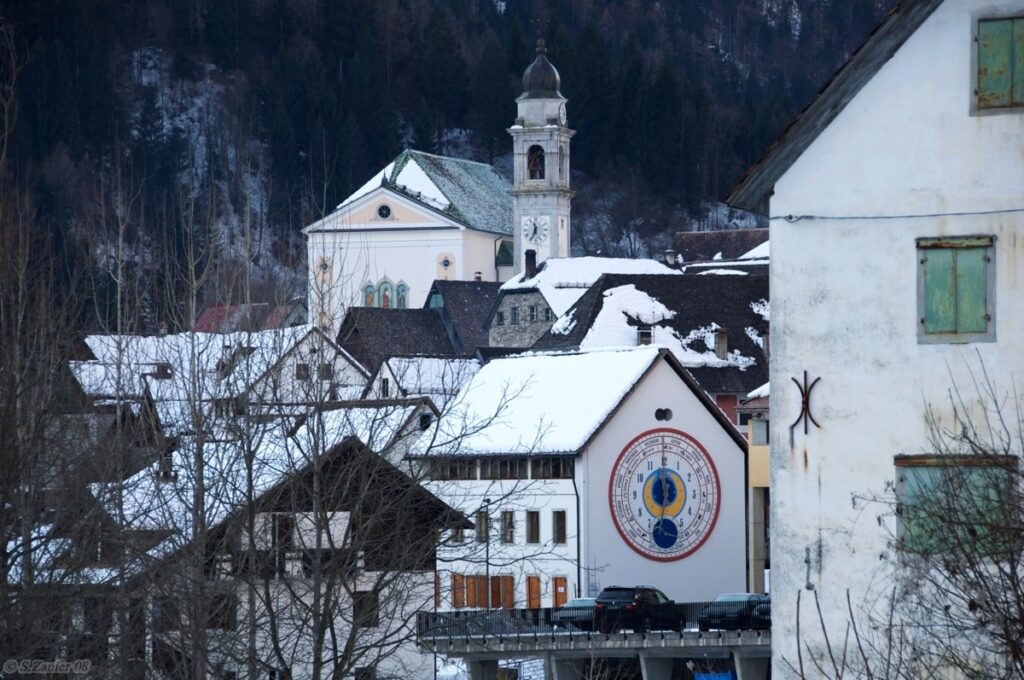
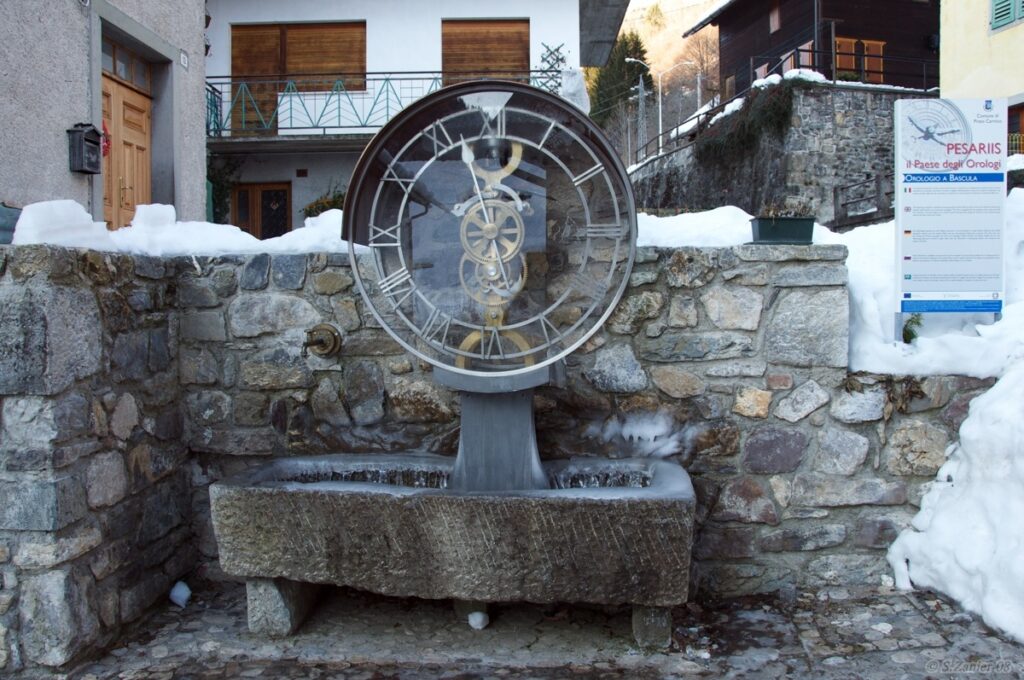
Hidden in the mountains of Friuli-Venezia Giulia, Pesariis is a small village that can surprise anyone who visits it. Although it has less than 100 inhabitants, it hides something absolutely unique – a collection of unusual clocks scattered throughout the village. This is where time takes on a completely different meaning. Nearby is the bathtub clock, an ingenious device that uses the flow of water to tell the time, filling each tub every hour and pouring the liquid from one tub to the other.
Walking through the village of Pesariis, at every step you can come across original timekeeping mechanisms: ball clocks, water clocks, solar clocks, and even musical clocks. Each one works differently, each has its own rhythm and its own history. This is applied art at its best – surprising, inventive, and fully integrated with the public space.
The tradition of watchmaking here dates back to the 18th century, when the village became famous for the production of precision mechanisms. Over the years, a factory was also established here, producing the famous flap boards, known from European railway stations. Although today production no longer operates on such a scale, the spirit of innovation and technical precision remains present throughout Pesariis.
What is most captivating about this village is its atmosphere. Quiet, peaceful, surrounded by greenery and mountain air. There are no crowds or rush here – instead there is space for contemplation, reflection and stopping for a moment. The perfect place to relax from everyday life.
Pesariis is more than a point on a map – it is a journey through time, but also into the interior of oneself. In a world that is rushing faster and faster, this small village reminds us that time can be experienced differently – more mindfully, slower, with greater delight.
